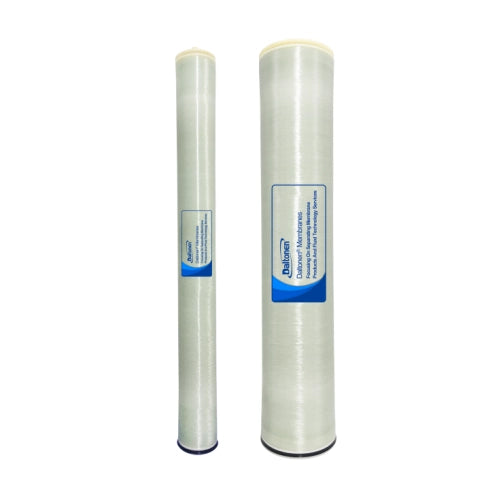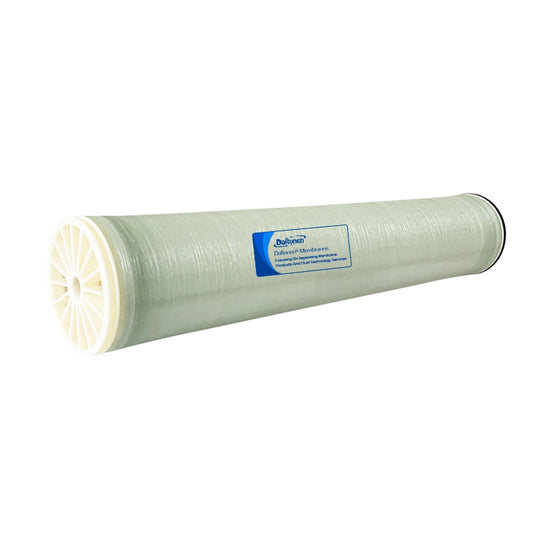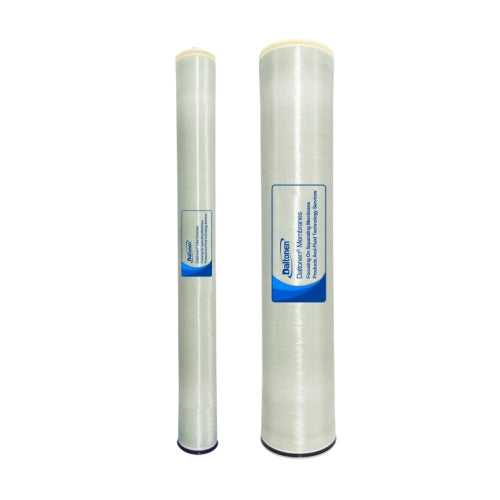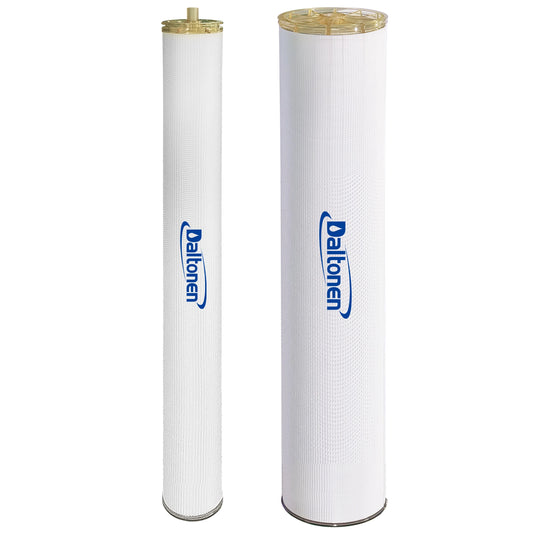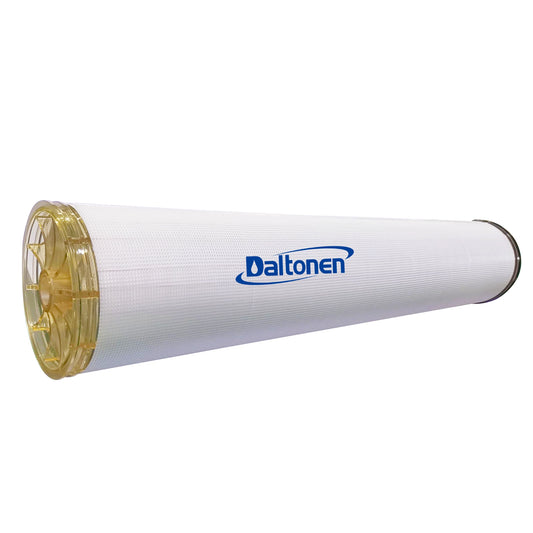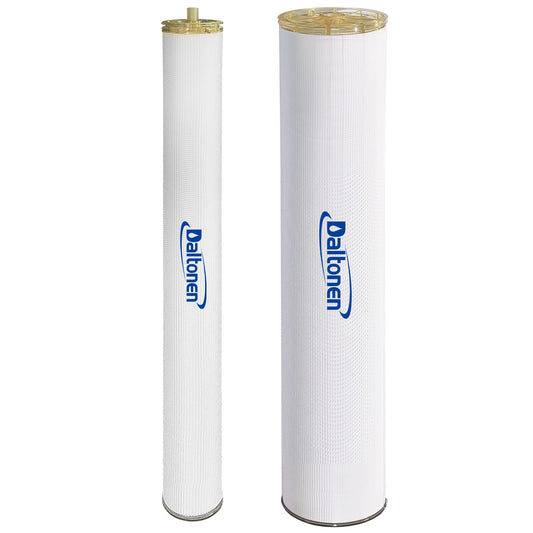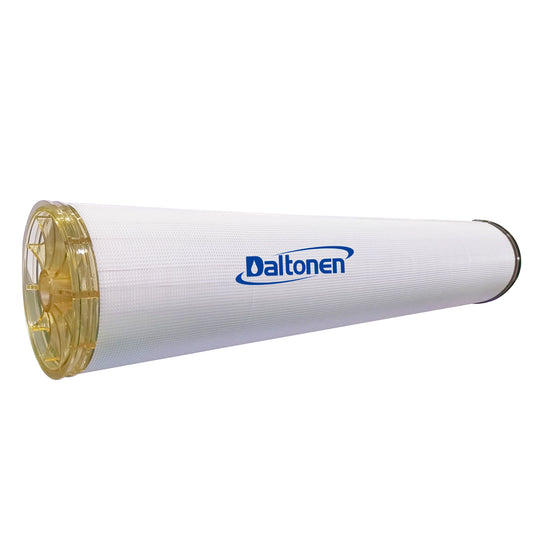Design Scheme for Efficient Separation of Sodium Sulfate and Phosphoric Acid by Nanofiltration
20 Jun 2025
Design Scheme for Efficient Separation of Sodium Sulfate and Phosphoric Acid by Nanofiltration (NF) Process
This design scheme focuses on the efficient separation of sodium sulfate and phosphoric acid using the high rejection rate of nanofiltration (NF) membranes for divalent ions (SO₄²⁻) and the controllable permeability for phosphate ions, combined with pH intelligent regulation to achieve the separation goal. It is applicable to scenarios such as wet-process phosphoric acid purification and phosphorus-containing wastewater recovery.
Separation Principle and Technical Route
Core Basis:
-
Ion Selectivity: The NF membrane has a rejection rate of >95% for SO₄²⁻ (hydration diameter > 0.8 nm), while the rejection rate for H₂PO₄⁻ (after pH adjustment, hydration diameter ≈ 0.5 nm) can be reduced to 20-60%.
-
pH Regulation: By adjusting the pH value to convert phosphoric acid into a monovalent form (H₂PO₄⁻), its permeability is significantly increased.

Nanofiltration Membrane Separation Process Flowchart
[Feed Tank: Containing Na₂SO₄ + H₃PO₄] --> B{pH Adjustment} B -->|Add NaOH| C[pH=4.5-5.0] B -->|Add H₂SO₄| D[pH=2.0-2.5] C & D --> E[Pre-treatment System] E --> F[Bag Filter 5μm] F --> G[High-Pressure Pump] G --> H[Nanofiltration Membrane System] H --> I[Permeate: Enriched Phosphoric Acid] H --> J[Concentrate: Enriched Sodium Sulfate] J --> K[Sodium Sulfate Crystallizer]
Note on pH Path Selection:
-
Path C (pH=4.5-5.0): The existence form of phosphoric acid is H₂PO₄⁻ (≥95%), with the highest permeability.
-
Path D (pH=2.0-2.5): Used for feed containing calcium/magnesium ions to prevent calcium/magnesium phosphate scaling.
Key Process Design Description
1. Pre-treatment System
Unit
Function and Parameters
pH Adjustment Tank
-
Dual-path dosing (NaOH/H₂SO₄) with real-time control and ±0.1 precision
Hardness Removal Filtration
-
If containing Ca²⁺/Mg²⁺, add resin softening or Na₂CO₃ precipitation (control Ca²⁺<50ppm)
2. Nanofiltration Membrane System Configuration
Item
Technical Solution
Membrane Type
Select high rejection membrane for SO₄²⁻ (e.g., DOW™ NF90, Trisep® TS80)
Operating Conditions
-
Pressure: 8-12 bar
-
Temperature: 25-35℃
-
Recovery rate: 60-75%
Flow Path Design
Single-stage single-pass recirculation concentration (concentrate reflux to feed tank)
3. Phosphoric Acid Enrichment Optimization Measures
pH Dynamic Control: Online ORP/pH sensors linked with dosing pumps to maintain the optimal form of H₂PO₄⁻
Flux Balance: Control membrane flux ≤20 LMH (L/m²·h) to prevent concentration polarization
Separation Performance Parameter Comparison
Component
Feed Concentration
Permeate Concentration
Concentrate Concentration
Separation Efficiency
Na₂SO₄
50 g/L
<1 g/L
180 g/L
Rejection rate ≥98%
H₃PO₄
30 g/L
22-26 g/L
6-10 g/L
Permeability 70-85%
Note: Under typical operating conditions, the membrane flux is maintained at 15±2 LMH

Fouling Prevention Strategy
Risk
Control Measures
Calcium Sulfate Scaling
-
Add ATMP scale inhibitor (1-3ppm)
Organic Contamination
-
Monthly citric acid cleaning (pH=3.5, 2h)
Biofouling
-
Periodic non-oxidizing biocide (DBNPA 50ppm)
Concentration Polarization
-
Pulse flushing every 2 hours (30s high-speed flow)
Product Resource Utilization Scheme
Permeate (Phosphoric Acid Solution):
→ Enter the evaporator to concentrate to 50% H₃PO₄ (industrial grade)
→ Or used as raw material for phosphate fertilizer
Concentrate (Sodium Sulfate):
→ MVR evaporation crystallization → Anhydrous sodium sulfate (purity ≥98%)
→ Freeze crystallization → Decahydrate sodium sulfate
Economic Analysis (at a scale of 100m³/d)
Item
Cost
Nanofiltration Membrane Investment
¥1.8 million (including supports/membrane housings)
Cost per ton of water
¥8.2 (including chemicals/electricity consumption/membrane replacement)
Annual Revenue
Value of phosphoric acid recovery ¥0.96 million + Sodium sulfate ¥0.74 million
Investment Payback Period
≈1.8 years
Engineering Implementation Key Points
Membrane Selection Verification: Prioritize pilot experiments (e.g., compare retention curves of NF270 and NF90)
Material Selection: System pipelines/pumps and valves should be made of 2205 duplex stainless steel (resistant to phosphoric acid corrosion)
Automation Control: PLC integrated module control
It is recommended to pair with online ion chromatography monitoring (e.g., Metrohm IC) to achieve precise feedback control of phosphoric acid/sulfate. This scheme can be extended to the salt separation needs in fields such as lithium battery materials and rare earth smelting.
Tags:
